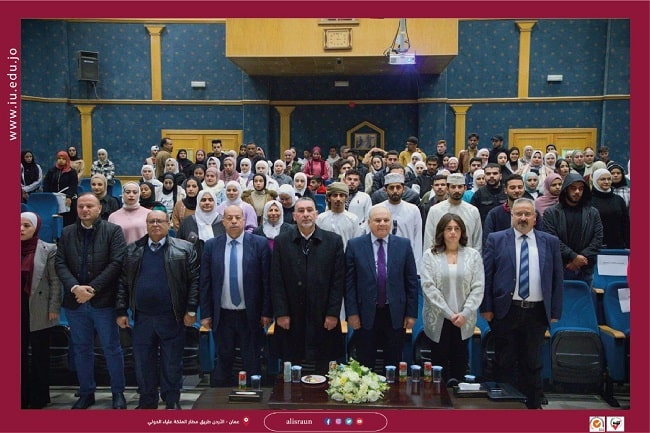
His Excellency Prof. Muhammad Hamed, President of the University, sponsored a free eye medical day, which was organized by the Deanship of Student Affairs with the Telescope Medical Center, in the presence of the Dean of Student Affairs, deans, members of the teaching and administrative bodies, and students.
The President of the University pointed out that the organization of the Medical Day for the Examination of the Vision, Cornea and retina is part of the University's keenness to provide health care and educational programs and to promote the concept of high medicine based on the help of all who need it, as well as its role in maintaining the safety of the University students and all its employees.
His Excellency, the President of the University, praised the importance of holding such events, initiatives, and activities, which benefit students in improving their practical skills and effectively contributing to refining and developing the students’ personalities.
The medical day included a lecture presented by Dr. Bahaa Jabr, pointing out that the eye is one of the most important human organs and the most complex and precise in its composition, and that it must be protected from diseases and injuries by following some important procedures through which the eye is preserved, including the importance of periodic examination of blood sugar since it has a negative impact on the retina, performing a vision examination when you feel the need for it, performing periodic eye examinations, and maintenance of a balanced diet, especially in childhood and old age.
Dr. Jabr advised not to sit too much on the computer screen and electronic devices and to make the lighting on the desk suitable.
He shed light on diseases that may affect the eye and its harmful effects on it, including cataracts, which is a condition that affects one or both eyes, which affects the optic nerve of the eye and occurs as a result of a slow increase in fluid pressure on the eye, which causes damage to the optic nerve, and conjunctivitis, it occurs as a result of allergies or viral bacterial infections that significantly affect vision, pointing out hereditary eye diseases are conditions that are transmitted through genes from previous generations and affect the structure or function of the eye.
In conclusion, the students’ questions and inquiries were answered.


